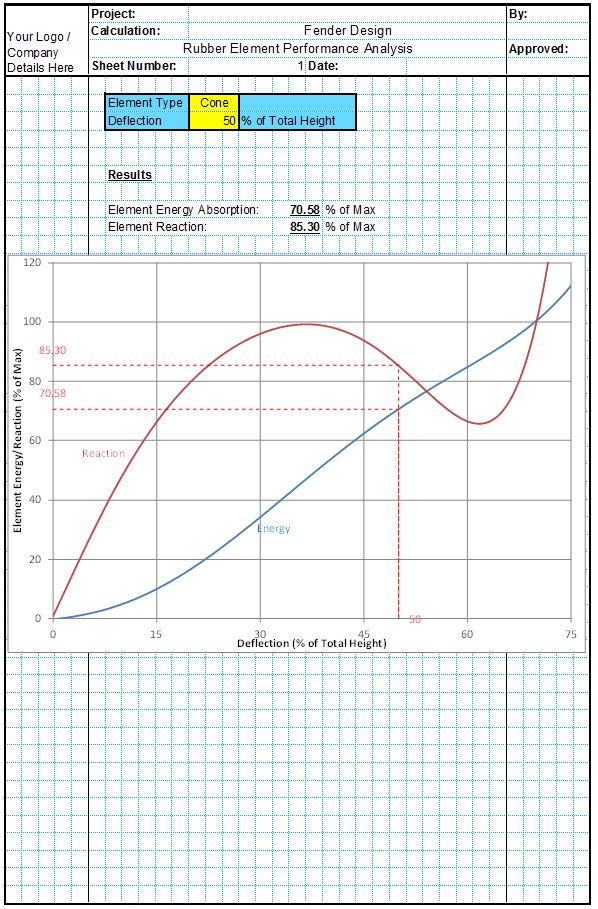The anode resistance describes the anodes ability to provide current to the system. The anode resistance depends on the surface area and anode type. The below calculations can be used to calculate the current output from any common anode type. The CivilWeb Cathodic Protection Design Spreadsheet calculates the anode current output in accordance with DNVGL-RP-B401.
This anode resistance is then used in anode design to determine the cathodic protection systems ability to polarize the structure at the initial phase just after the anodes are installed. The spreadsheet also checks that the anodes would be capable of repolarizing the structure at the end of their design life, for example if the structure becomes depolarized during a storm.
Long Slender Stand-Off Anode Resistance
This equation is for long slender anodes installed with clear space between the anode and the protection object. This is based on the Modified Dwight equation. In this case long/slender is defined as an anode with a length more than 4 times its radius. For the below equation to be valid the anodes must be at least 0.30m clear distance from the protection object. Where the anode is between 0.15m and 0.30m from the protection object, the following equation can be used but with a correction factor of 1.3.
Water Resistivity (ρ)
Anode Length (L)
Anode Radius (r)
The radius of the anode if it is circular. If the anode is not circular, the radius can be taken from the following equation where c is the anode cross sectional periphery.
Short Slender Stand-Off Anode Resistance
Where the stand-off anodes length is shorter than 4 times the anode radius, the following equation will apply;
Water Resistivity (ρ)
Anode Length (L)
Anode Radius (r)
Long Flush Mounted Anode Resistance
Where the anodes are installed flush with or closer than 0.15m from the protection object, the following equations can be used. This equation is based on Lloyds equation. In this case long is defined as anodes with length greater than 4 times the width and greater than 4 times the anode thickness.
Water Resistivity (ρ)
Average of Anode Length and Anode Width (S)
Short Flush Mounted Anode Resistance
Where the flush anodes are shorter than 4 times the anode width or thickness, the following equation can be used. This is the McCoy equation.
Water Resistivity (ρ)
Anode Exposed Surface Area (A)
Anode Resistance - Other Shapes
These four shapes represent the anode shapes most commonly used for the cathodic protection of marine infrastructure. There are however many other different shaped anodes which are commonly used in the protection of small vessels and pipelines. The anode resistance equations relating to these anodes is shown below.






